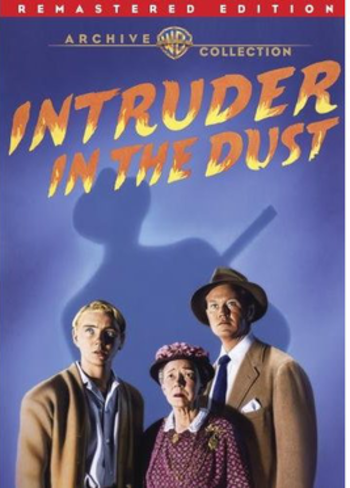The protagonist in the film Corpus Christi (2019), Daniel, released from a reformatory, is a serious sinner who would like to become a Catholic priest, and to find redemption, but must naughtily settle for operating as a fake priest instead. Curiously, he becomes a better man. In the parish there are unforgiving people and Daniel declares that forgiveness is necessary since to forgive is to love. Just so!
Still, this fake priest is a fake “priest of God.” He is hurt by the world and by himself. In fact there is a particular level on which the one thing missing from Daniel’s evolving spiritual life is suffering, but it doesn’t stay missing. This is just one level, though.
Corpus Christi is a powerful movie (directed by Jan Komasa) with an incisive screenplay (by Mateusz Pacewicz). Bartosz Bielenia is compelling as Daniel, and such actors as Aleksandra Konieczna (Lidia) and Leszek Lichota (the mayor) are superb in their depth. This Polish work may be a masterpiece.
(In Polish with English subtitles)


